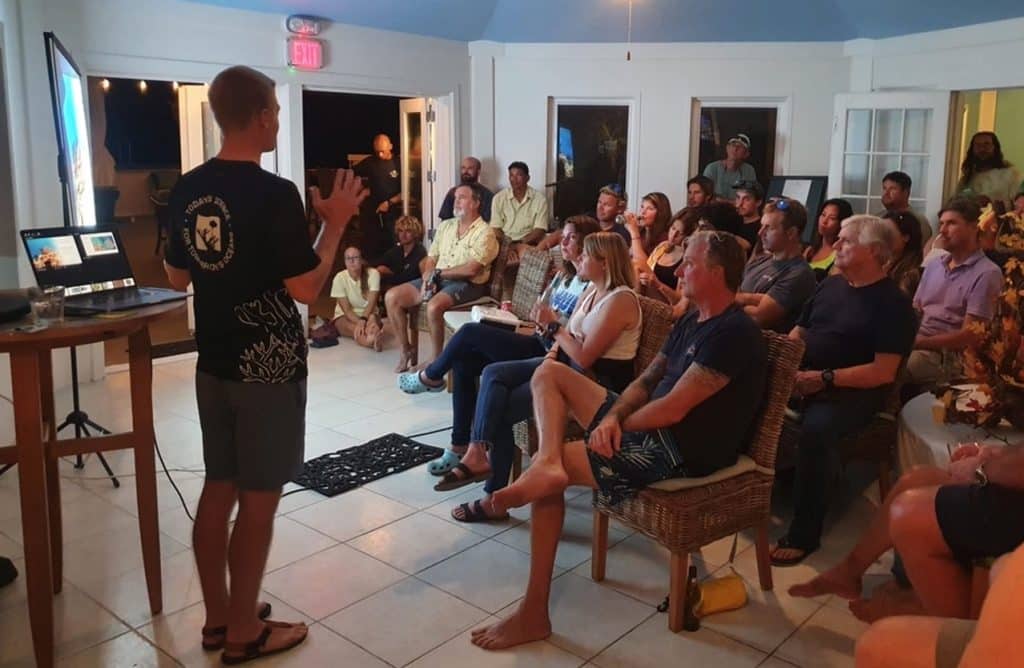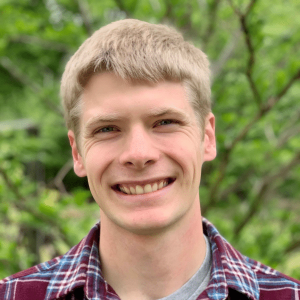On my 10th birthday, I received a peculiar gift from a close family friend and local dive instructor: a free PADI Open Water Diver Course. That year, in 2006, PADI had changed their minimum age from 12 down to 10, and this dive instructor thought it would be awesome if he was one of the first to certify a 10-year-old. Over the course of 2 months, I did my bookwork and pool training at home in Maine before travelling down to Grand Cayman to visit family and complete my open water dives. Cayman is where I learned to dive and love the underwater world, and it was because of those childhood experiences that I am now in the field of marine conservation.
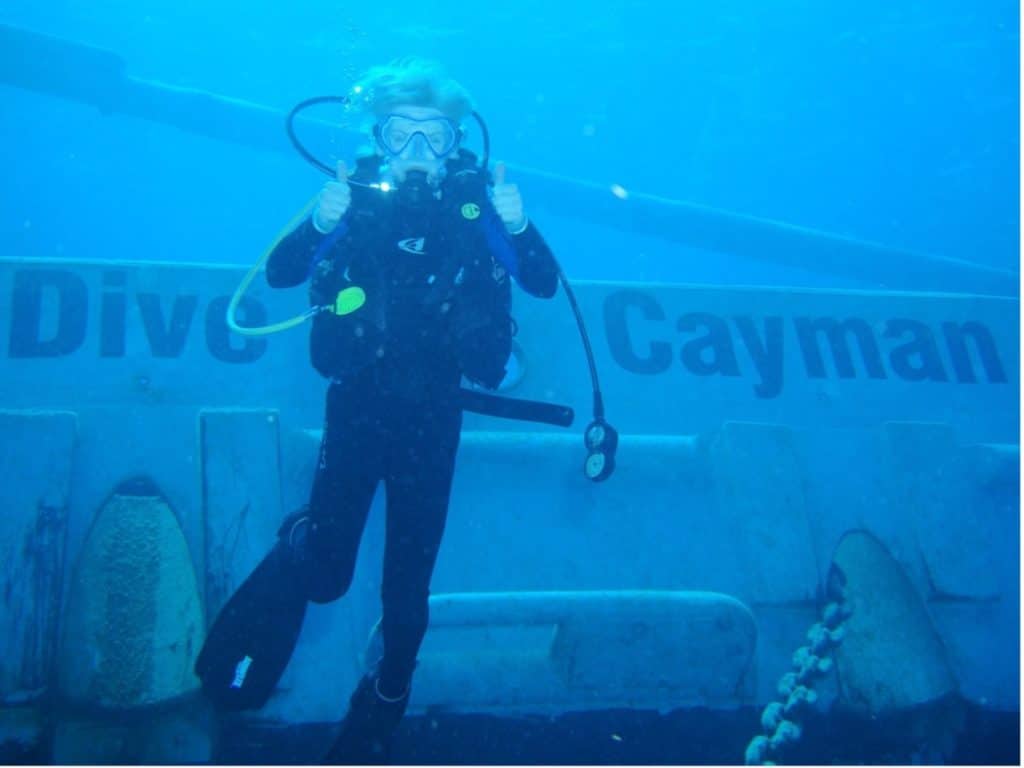
Since 2019, I’ve been working with PIMS on developing a systematic approach to underwater large area imaging (LAI) or photogrammetry, which basically means the collection of overlapping photos of an area of coral reef and the stitching of them into a high-resolution digital replica that can be analyzed later on a computer. I’ve collected hundreds of thousands of photos of hundreds of plots all over The Bahamas and have continually refined our methods for 3 years, and am finally at the point where I’m ready to put these methods out there to help other organizations make use of them.
This past summer in 2022, I participated virtually in the UK Joint National Conservation Committee (JNCC)’s Coral Conservation in Overseas Territories (C-COT) Workshop held in Grand Cayman, giving a talk on how to process and analyze LAI data for the monitoring of Stony Coral Tissue Loss Disease. It was a great opportunity to connect with researchers and conservation practitioners throughout the Caribbean, and I began discussing opportunities to travel down to the Cayman Islands to assist the government’s Department of the Environment in setting up a monitoring program using our methods.
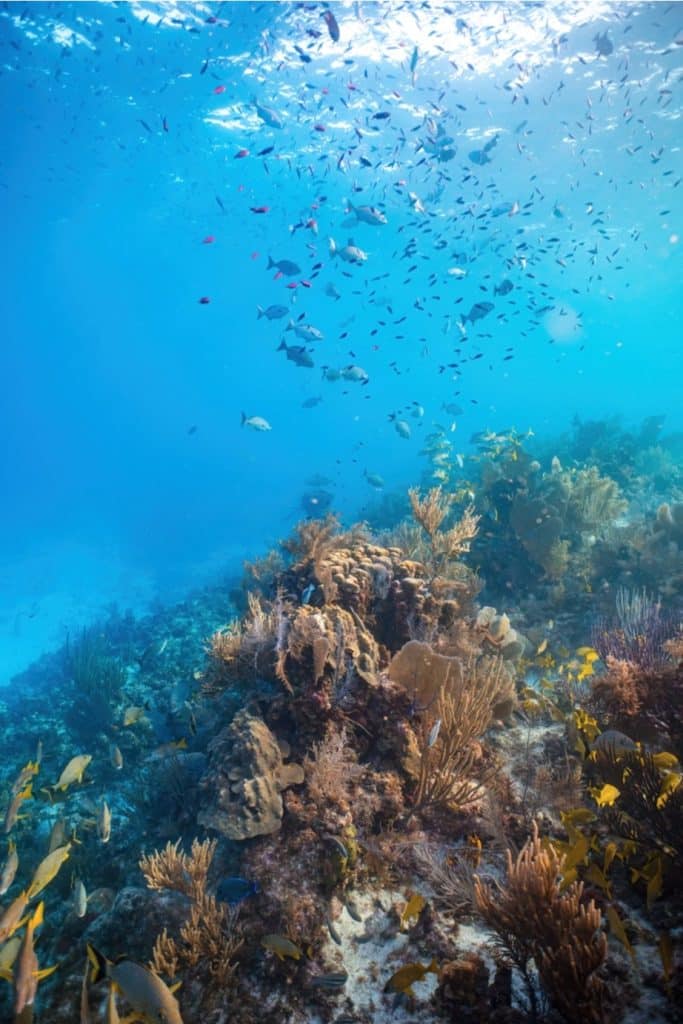
Finally, after months of logistical planning and with funding from the JNCC, I was able to travel down to the Caymans in early November, 2022. Our objective was simple: in the span of just five dive days, set up as many LAI plots for permanent monitoring around the “sister islands” of Little Cayman and Cayman Brac, before they are affected by Stony Coral Tissue Loss Disease. Our team was small: led by Tammi Warrender, the DoE’s SCTLD response coordinator, and Senior Research Officer Dr. Croy McCoy, and assisted by Jonathan Rivers, one of the SCTLD response team members. My job was to help execute the surveys and teach our process to the team.
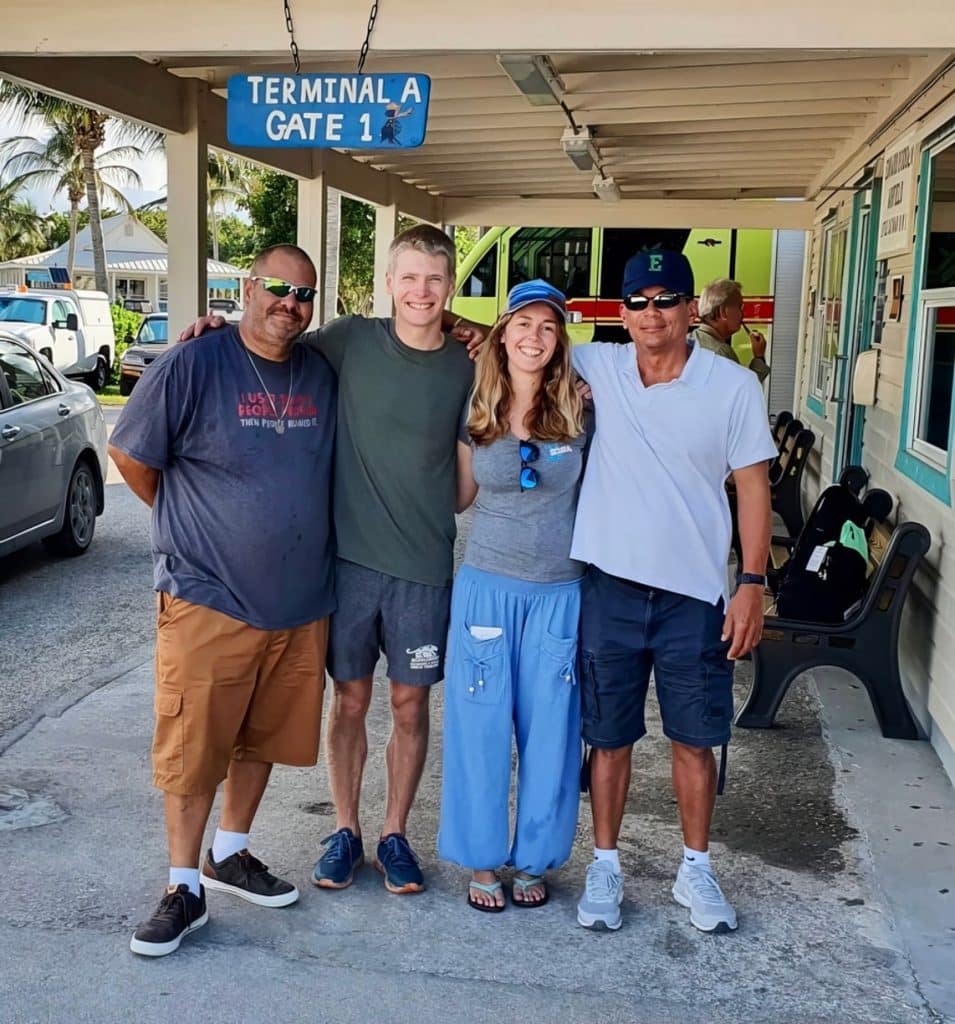
On our first morning of surveys, we splashed into the water off Little Cayman, renowned for some of the world’s best diving, with spectacular wall formations and healthy marine life. As soon as I put my face in the water, I was immediately impressed with the ancient and healthy star coral colonies and the overall health of the reef. Dr. McCoy captained our boat and decided where to locate plots – many of which he has been continuously monitoring since the 1990s! In the water, Jonathan, Tammi and I tag-teamed the whole process, allowing us to move fast and survey 4 sites each day. Going forward, the Cayman government will conduct their monitoring of these sites using our LAI system, which will increase the efficiency and quality of their data and let them compare side-by-side digital replicas of their reefs through time, seeing changes down to the millimeter scale.
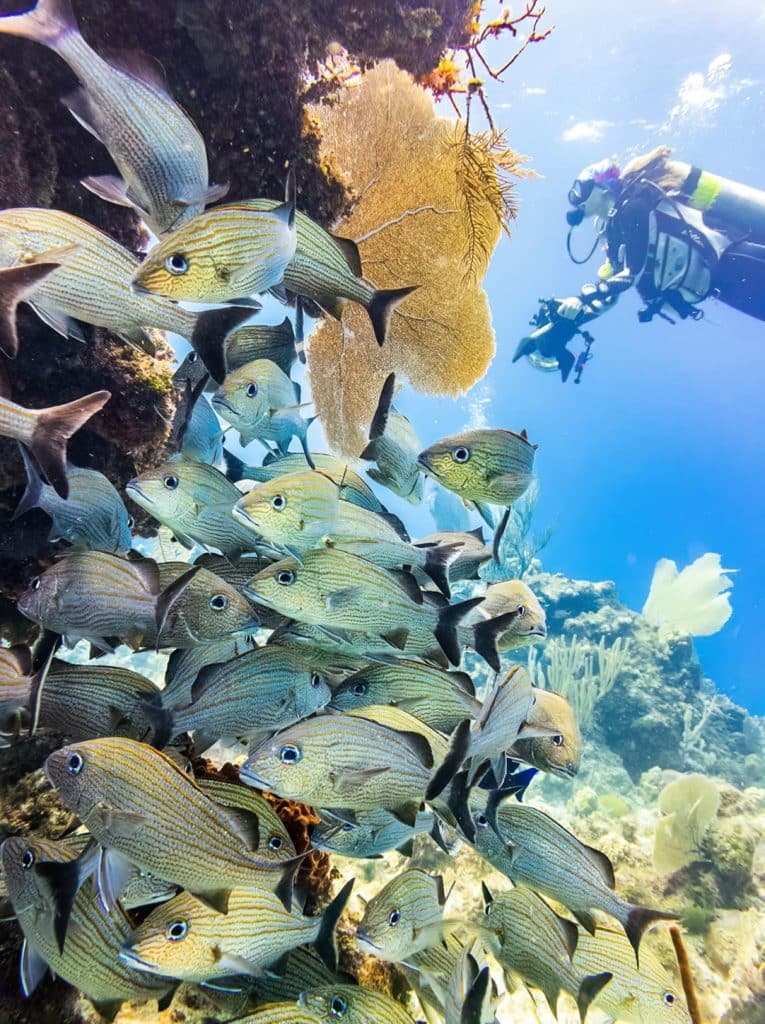
Over the course of our trip, we mapped 10 sites in Little Cayman and 7 sites in Cayman Brac, providing crucial baseline data on the condition of these remarkably healthy and disease-free reefs. One site stood out to me in particular: The Mixing Bowl, in Little Cayman’s famed Bloody Bay Marine Park, where an abundance of sharks, eagle rays, Nassau groupers, and other schooling fish congregate at the top of a sheer wall in just 20 feet of water. I was shocked by the size and quantity of groupers at all the sites, a testament to the country’s successful conservation program that have dramatically increased grouper populations in the Caymans. Other sites impressed me with their high coral cover, healthy Diadema urchin populations, and crazy reef formations.
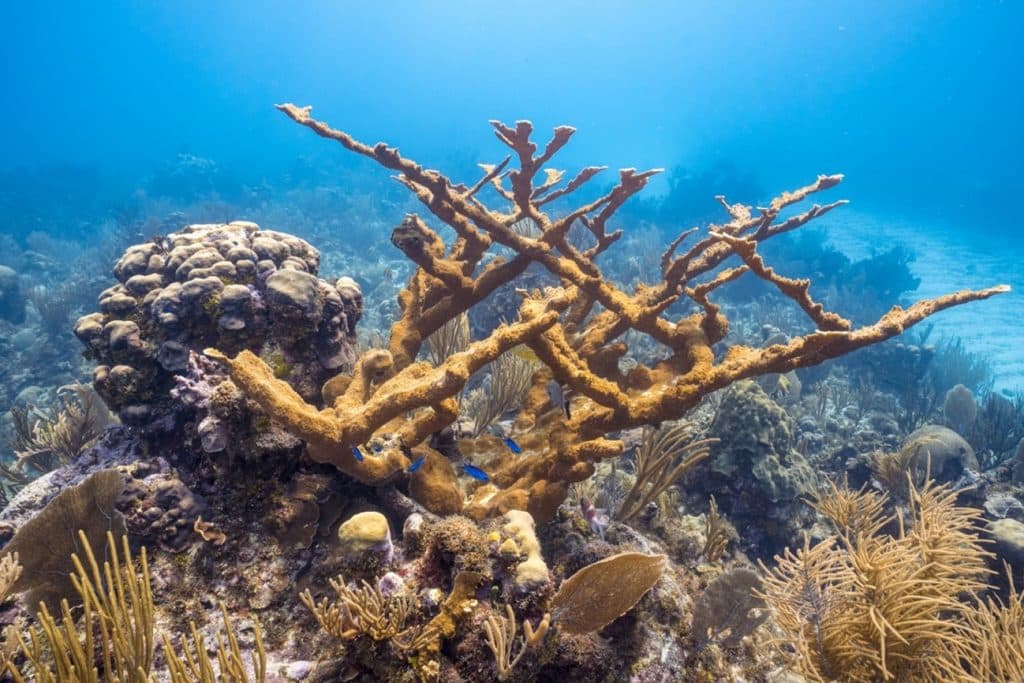
While the diving was amazing, perhaps the most rewarding part of being there was feeling like I was contributing to the health and protection of the Cayman Islands’ reefs – giving back to the place that inspired me to love the ocean. On our final night, I was able to give a presentation to the local diving community about using photogrammetry for reef monitoring. Sharing my passion for corals and conservation with others brought a smile to my face, as always, and I felt especially grateful for the opportunity to do that in one of my very favorite places. Until next time, Cayman!
